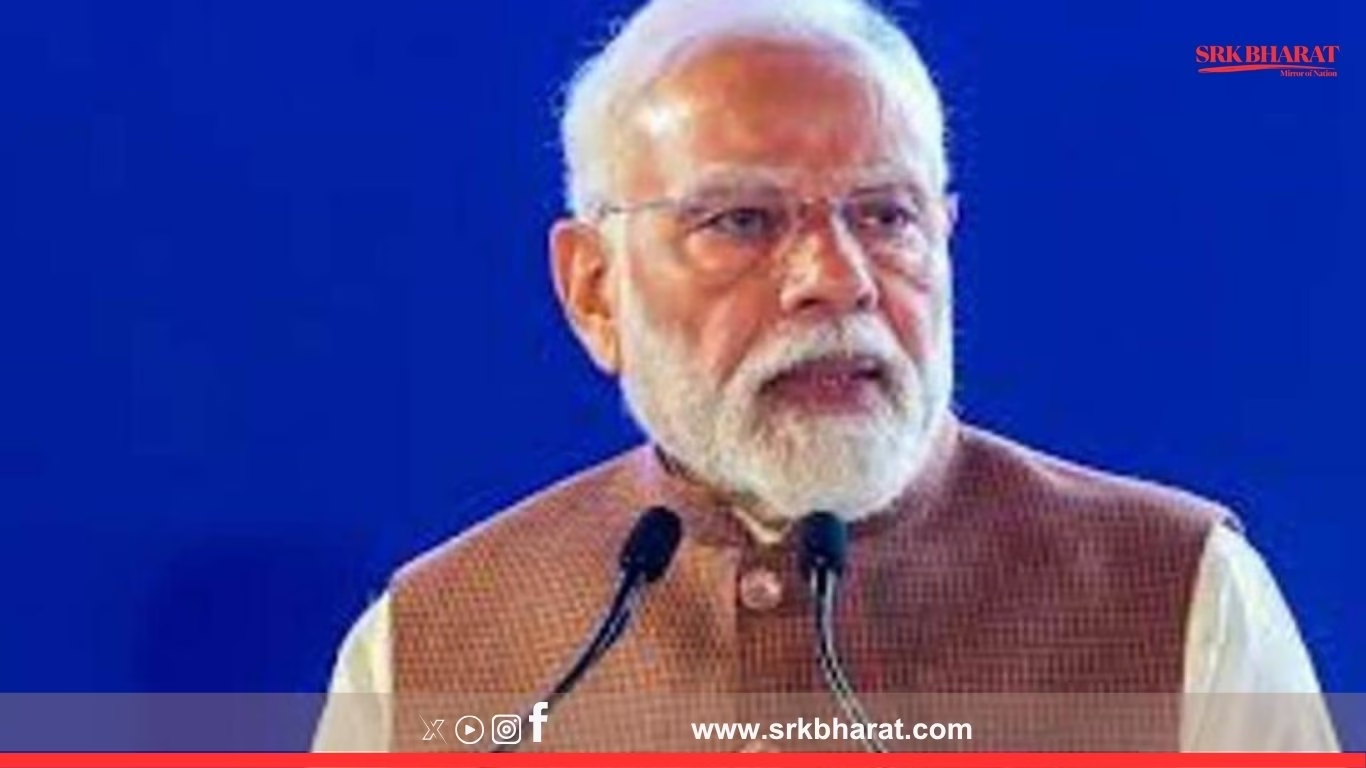The Indian banking sector is grappling with fresh uncertainty following the Supreme Court’s decision to cancel JSW Steel’s resolution plan for Bhushan Power and Steel Ltd (BPSL), ordering its liquidation instead. The ruling has left banks facing a staggering ₹3.13 lakh crore in claims, with recovery prospects now in doubt.
Impact on Indian Banks
Public sector banks, which hold the majority of the exposure, now risk losing substantial recoverable dues tied to one of India’s largest insolvency cases. The State Bank of India (SBI) has the highest claim at ₹9,800 crore, with an expected recovery of ₹3,930 crore. Punjab National Bank (PNB) follows with ₹6,100 crore, anticipating ₹2,440 crore in recoveries. Other banks affected include Canara Bank (₹3,700 crore), Union Bank of India (₹3,200 crore), and Indian Overseas Bank (₹1,000 crore).
Why Was the Resolution Plan Cancelled?
The Supreme Court invalidated JSW Steel’s takeover due to two key violations:
- Improper Payment Structure – JSW Steel used a mix of equity and optionally convertible debentures (OCDs) instead of pure equity, which was deemed non-compliant with the Insolvency and Bankruptcy Code (IBC).
- Delay in Implementation – The takeover was not completed within the legally stipulated timeframe, leading to the cancellation of the earlier plan approved by Bhushan Power’s Committee of Creditors (CoC).
Legal and Financial Fallout
JSW Steel had initially acquired a 49% stake in BPSL in 2021, later raising it to 83.3%. However, legal troubles mounted after the Enforcement Directorate (ED) flagged BPSL in a ₹47,204-crore bank fraud and money laundering case. Although the Delhi High Court quashed those proceedings earlier this year, the Supreme Court’s ruling has now nullified JSW’s acquisition, complicating the recovery process for lenders.
With liquidation likely to yield far less than the proposed resolution plan, public sector banks stand to lose a significant portion of their expected recovery. Experts suggest that alternate legal remedies or a fresh resolution plan may still emerge, but until then, the fate of over ₹3 lakh crore in recoverable bank dues remains uncertain.











